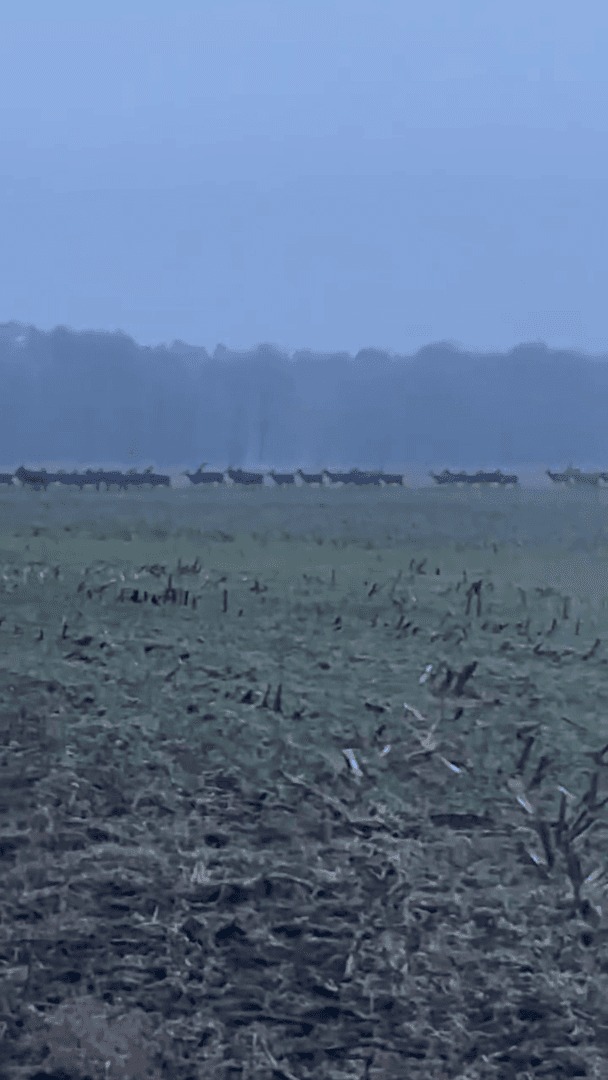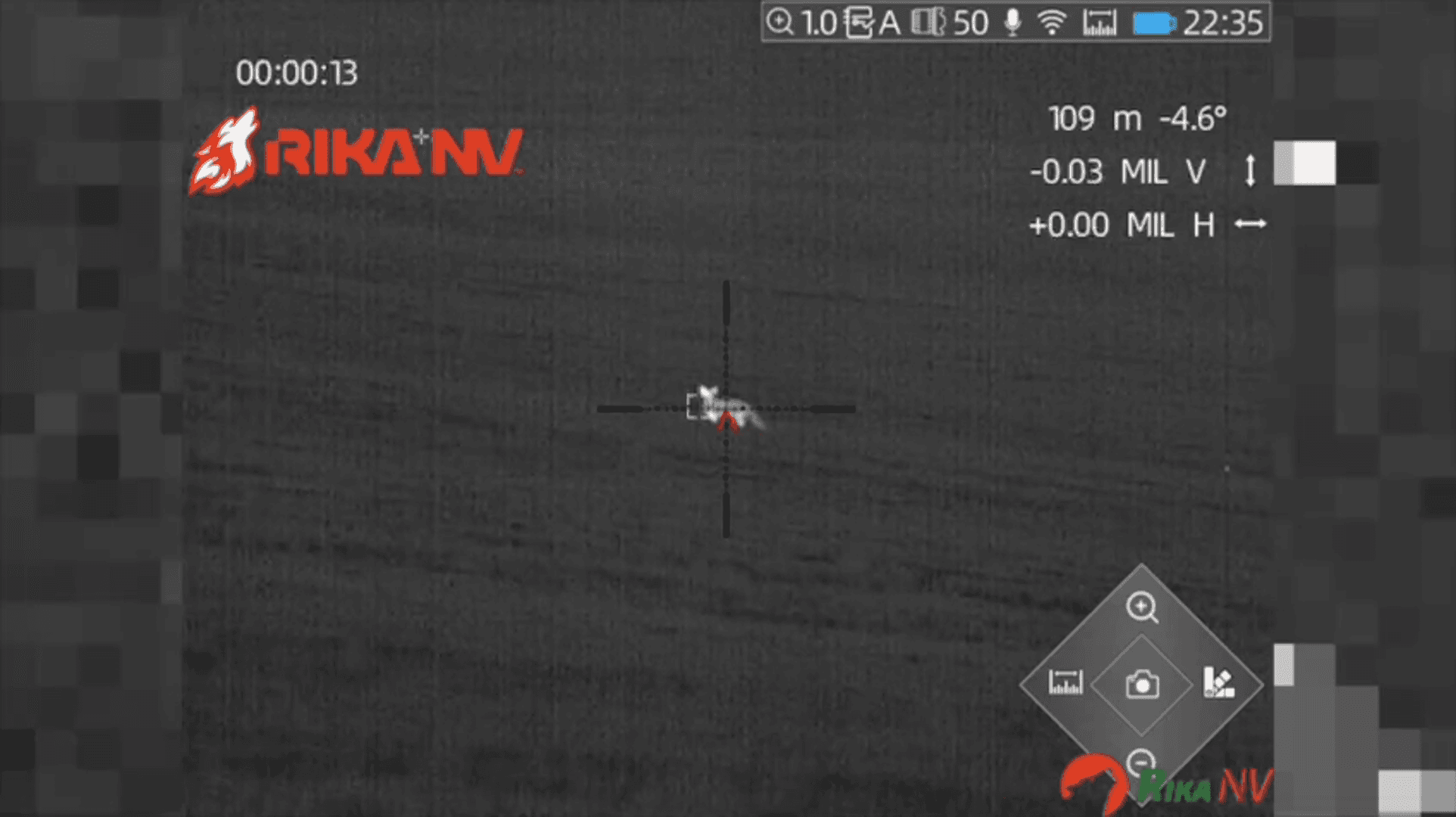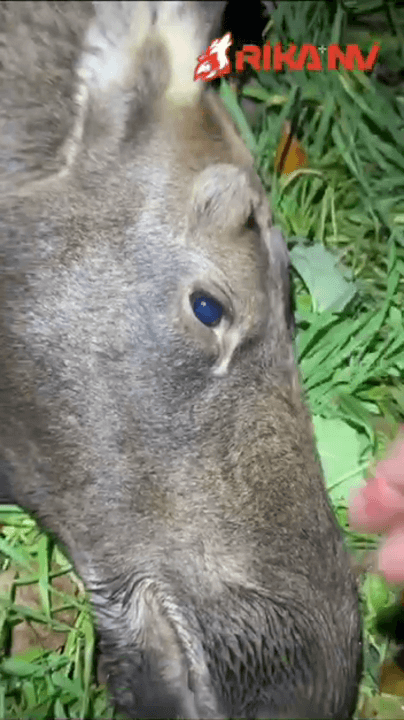
Caza en Baja California: Vive la experiencia única con especies únicas, paisajes impresionantes y regulaciones clave para disfrutar al máximo Baja California, en el noroeste de México, es un lugar destacado para los aficionados a la caza. Con su geografía singular, abundante fauna y una sólida tradición cinegética, este estado brinda experiencias inolvidables para los cazadores. Aquí te ofrecemos toda la información clave sobre la caza en Baja California. La Geografía de la Caza: Características Naturales y Hábitats a Través de las Regiones Baja California abarca más de 71,000 km² de territorio, destacándose por su gran diversidad geográfica: Desiertos: Como el Desierto de Sonora, hogar de animales como el borrego cimarrón y el venado bura. Montañas y sierras: La Sierra de San Pedro Mártir y la Sierra de Juárez albergan bosques de pino y encino, ideales para cazar especies como el puma y el jabalí. Costas y humedales: Son cruciales para la caza de aves migratorias y acuáticas. La
Post: 30 May 07:00














































